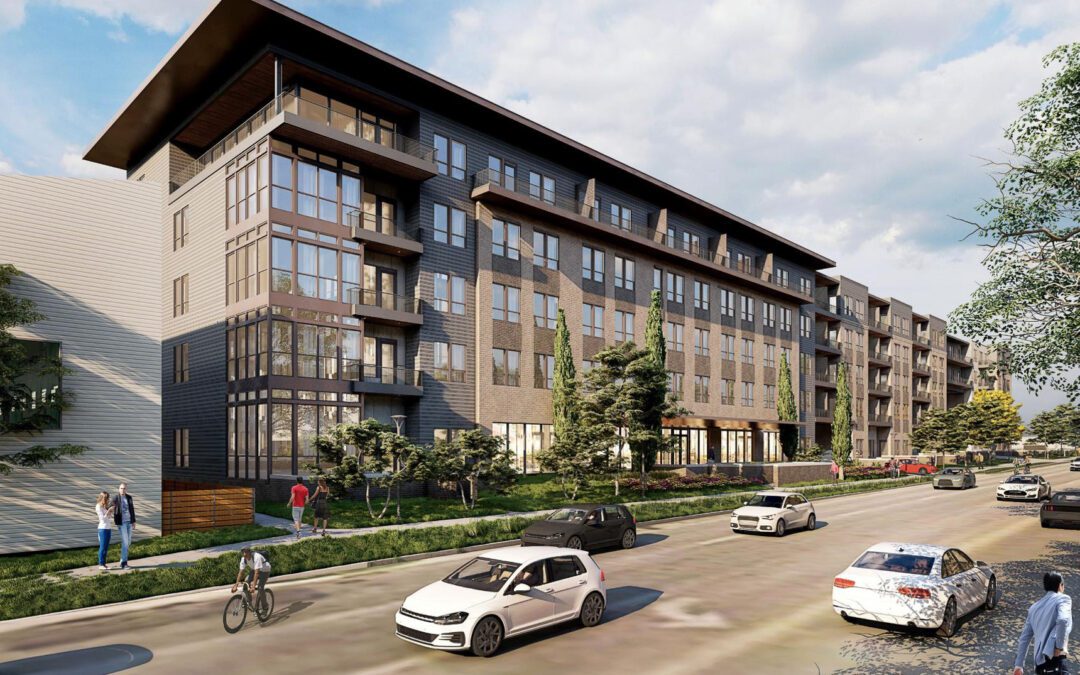
Midwest Real Estate News asked Brian Quigley, executive vice president of Rosemont, Illinois-based Conor Commercial Real Estate, the big question: How is the growth of Amazon – which seems to open a new distribution center in the Midwest on a weekly basis these days — changing the transportation and logistics decisions that industrial users are making today?
Quigley had plenty to say about this.
Brian Quigley: Amazon and other e-commerce fulfillment companies continue to evolve and change the logistics environment requiring industrial developers such as Conor Commercial to also evolve and rethink how best to design industrial buildings to maximize functionality.
Amazon’s traditional warehouse facilities were sprawling 40-foot clear-height buildings located in far-flung locations, and those facilities would be filled with multiple work platforms and conveyor systems to house an enormous number of products.
The type of building that Amazon is targeting today is called the “Prime Hub,” and these facilities are located in the high-density residential areas of the city, in buildings with a lower clear height and much smaller footprint. These are the type of facilities that will allow for same-day delivery of product and facilitate small route vans that are loaded with packages inside the facility rather than in large trucks loaded on docks outside the facility. These facilities stock only the high-turnover and high-value products that are best sellers specific to that particular neighborhood. These facilities cater to same-day delivery.
Amazon is in the process of defining specifications and a scope for its third-version warehouse called the “Sortation Center,” which focuses in on efficient small-package delivery, and is designed to reduce Amazon’s reliance on UPS and Fed Ex for deliveries.
The Sortation Centers will channel small parcels through the U.S. Postal system in presorted bundles by zip code. The USPS charges only a fraction of what UPS or Fed Ex charges for the same item. The purpose of this new facility is solely to reduce Amazon’s shipping costs. It currently spends 11 percent of its gross sales on delivery costs, which in total dollars is expected to be $11.5 billion in 2016. The goal of the sortation center is to reduce shipping costs by 12 percent to save $1.3 billion a year.
Midwest also asked Quigley about any other big trends he is seeing when it comes to the transportation and logistics decisions that companies are making.
Quigley: Companies involved in logistics are becoming more open to relocating to a new facility to save on transportation costs even if that means a disruption in their business and paying significantly more in rent.
Transportation companies are becoming more sophisticated in determining where to locate using evolving logistics software that predicts traffic patterns and bottlenecks. The current trend with users is to engage consultants to perform transportation studies that determine the most efficient transportation routes based on multiple potential locations to identify the lowest-cost location from which to conduct business.
The rule of thumb is that transportation costs account for 50 percent of logistics costs, while real estate accounts for 5 percent, so there is a 10-to-1 ratio of transportation relative to real estate costs. This means saving 10 percent on transportation while spending 10 percent more on real estate is not a break-even proposition. The math is 10 percent times 50 percent equals 5 percent total savings for transportation and 10 percent times 5 percent equals 0.5 percent more for real estate, a net savings of 4.5 percent in total.






